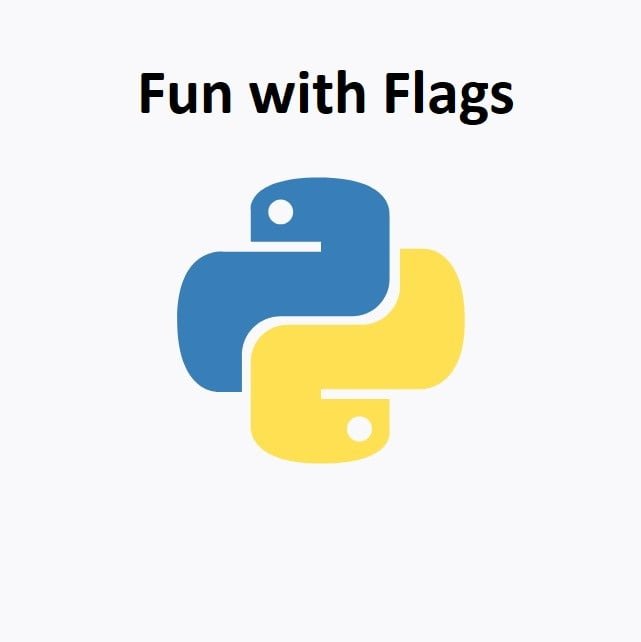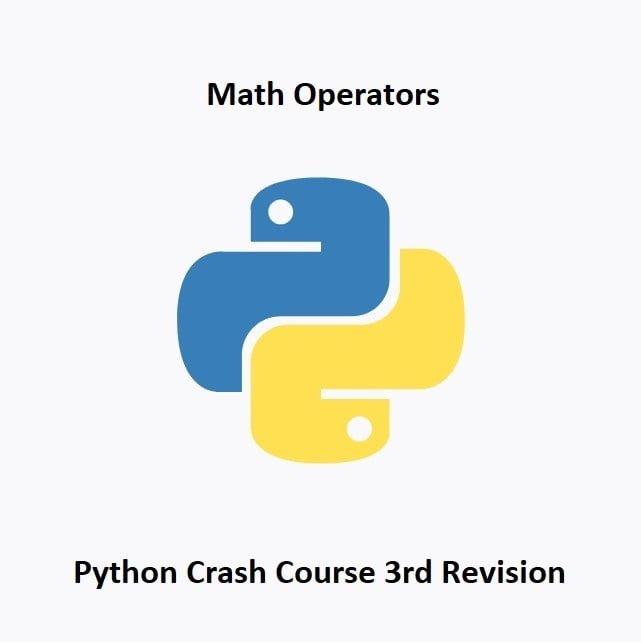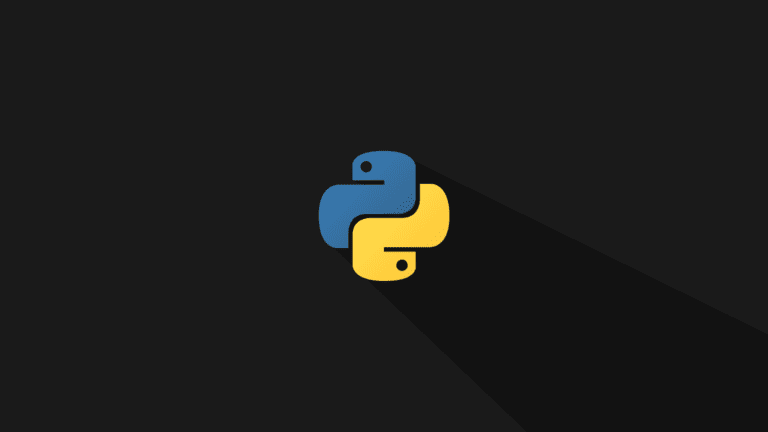
Fun With Flags
Bonjour! In this Python guide, we’ll embark on a creative journey to replicate the beauty of the French flag using the Pillow library. By employing Python’s imaging capabilities, we’ll delve into pixel manipulation and color composition, crafting a digital rendition of France’s beloved Tricolore.
Creating Tricolore Brilliance with Python
Generating a flag with Python involves creating an image using a library such as Pillow (PIL) and specifying the colors, dimensions, and patterns according to the flag’s design. Below, I’ll provide a simple example of how to generate a flag in Python.
Let’s create a basic French flag (Tricolore) as an example:
Pillow Installation
Make sure you have the Pillow library installed in your Python environment.
You can install Pillow using pip:
pip install Pillow
Python Code
Here is a basic example of how to create the French flag:
from PIL import Image, ImageDraw
# Define the flag dimensions
width, height = 300, 200
# Create a new image with the specified dimensions and background color (blue)
flag = Image.new('RGB', (width, height), (0, 0, 255)) # Blue background
# Create a drawing context
draw = ImageDraw.Draw(flag)
# Calculate the width of each stripe as one-third of the total width
stripe_width = width // 3
# Draw the three equal-width vertical stripes
colors = [(0, 0, 255), (255, 255, 255), (255, 0, 0)] # Blue, White, Red
for i, color in enumerate(colors):
draw.rectangle([(i * stripe_width, 0), ((i + 1) * stripe_width, height)], fill=color)
# Save the flag as an image
flag.save("french_flag.png")
# Show the flag (optional)
flag.show()This code uses the Pillow library to create a 300×200 pixel image of the French flag, with three horizontal stripes of blue, white, and red. You can adjust the width, heightvariables, and colors list to create flags with different designs and colors.
Conclusion
Voilà! You’ve successfully utilized Python’s Pillow library to craft the iconic French flag digitally. This hands-on exercise provides a glimpse into image manipulation techniques, fostering a deeper understanding of color representation and pixel-level creation in Python.
That’s All Folks!
You can explore more of our Python guides here: Python Guides





